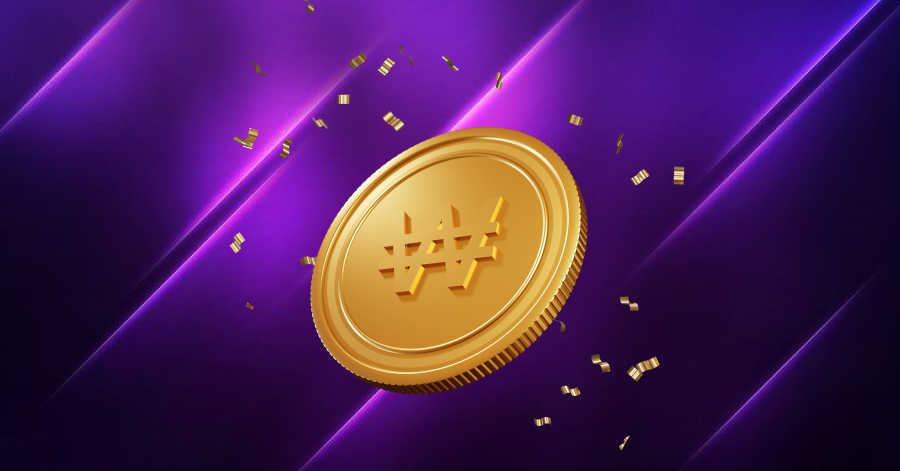Hidden fees, currency markups and poor exchange rates – here’s the step-by-step guide to avoid the DCC trap when making overseas credit card transactions.
When making purchases overseas or shopping on a foreign website, chances are the merchant would ask if you would like to pay in Singapore dollars (SGD) or in their local currency (eg. EUR, USD, etc.). 4 in 10 Singaporeans would choose SGD, and that could cost hundreds of dollars in credit card fees.
What is DCC?
Dynamic Currency Conversion (DCC) is a service that merchants use to convert the local currency amount to SGD on your behalf.
In theory, it seems like a good idea because you can get a good sense of how much you’re spending in SGD – a currency that you’re familiar with.
Sounds good, so what’s the problem?
The problem is that you’ll end up on the chopping board:
- You pay extra due to poor currency exchange rates
- You pay another 5%++ because merchants add a markup on the rates
- You pay another 2%++ because of foreign transaction admin fees charged by banks
So when you choose to pay in SGD, you’re not saving anything. In fact, you’re overpaying everything. And for what? Just to see the transaction amount in SGD? Not worth it!
Here’s a comparison when you’re spending in the USA with your Singapore credit card:
| USD | SGD | |
| Without DCC | $500 | $680 |
| With DCC* | $500 | $740 |
*Based on total average overseas transaction fees
Ok, so how do I avoid DCC?
Always tell the merchant you want to pay in local currency (USD in USA, AUD in Australia, JPY in Japan, etc.). Never, ever pay in SGD!
But what if the merchant still insists on DCC?
This is not uncommon. There have been nightmare cases of merchants being persistent on using DCC, and here’s how you should tackle these situations:
The merchant processed in SGD without my knowledge!
Stand your ground and request for the transaction to be voided (remember to get the void receipt too). Ask them to charge you again in the local currency.
The merchant promised to process in local currency but I was charged SGD instead!
That’s a credit card statement shock for sure – always remember to keep your receipts so that you can dispute with the bank when you’re back in Singapore.
The merchant insists that I cannot pay in local currency!
That’s a lie! Simply pay cash or consider another merchant, you don’t want to deal with a dishonest store anyway.
The merchant doesn’t accept cash but I really want the item!
Pay with your card but when the merchant passes you the receipt to sign, inspect it carefully. It should state the transaction amount in both currencies, accompanied by a statement similar to this:
“I accept that ABC Store has offered me a choice of currencies for payment & this choice is final. I accept the conversion rate & final amount in SGD.”
Circle the statement, cross it out, and write “LOCAL CURRENCY NOT OFFERED” before signing it. Do this for both your receipt and the merchant’s receipt. At the end of the month when you receive your credit card statement, call your bank immediately to dispute the charge.
Conclusion – Fighting DCC
Unfortunately, DCC remains a big problem among many travellers and it’s here to stay. Follow these tips to ensure you don’t fall into the DCC trap:
- Never pay in SGD.
- Always pay in local currency (USD in USA, AUD in Australia, JPY in Japan, etc.).
- Keep all your overseas receipts.
Alternatively, ditch the fees headaches altogether and start using YouTrip for your next holiday! Travel and shop peacefully in 150+ currencies with Wholesale Exchange Rates and no fees.
Read: How I Lost S$9,000 in Tokyo, Japan
Read: 5 Unique Getaways for Chinese New Year Holiday 2019
Read: PayPal Currency Conversion Guide 2019
Read: Fluctuating Exchange Rates and How to Take Advantage
Read: Fake Foreign Currencies & How to Avoid Them
Enjoy a worldwide fees-less experience today!





















































